A wealth of information and resources is available to help medical professionals and the public stay current on the opioid epidemic. Here you’ll find links to websites and articles from national organizations, government agencies, and medical establishments.
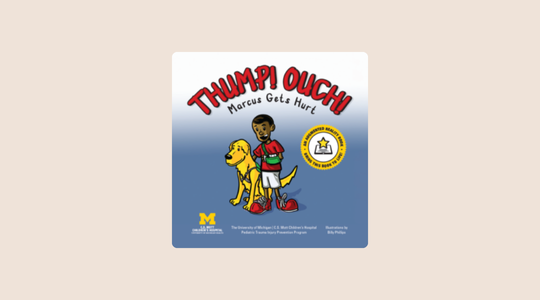
Read Thump! Ouch! Marcus Gets Hurt to help your child feel comfortable managing their pain.
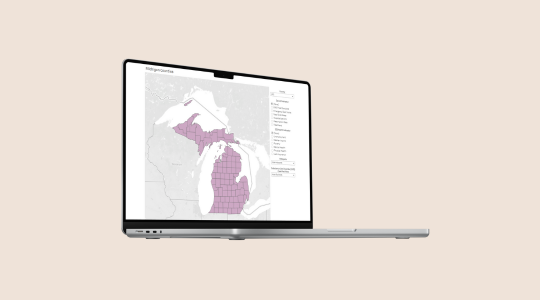
Utilize our new Landscape Map and accompanying whitepaper to help reduce the impact of the opioid crisis.
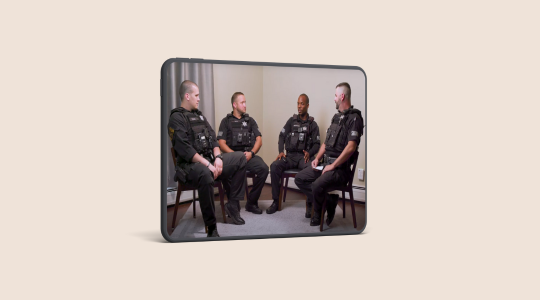
Learn from Law Enforcement Officers as they discuss SUD and OUD.
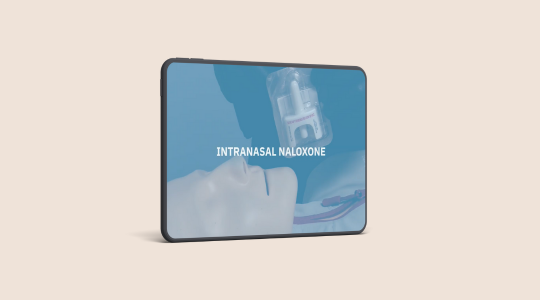
Teach first responders how to use intranasal naloxone.
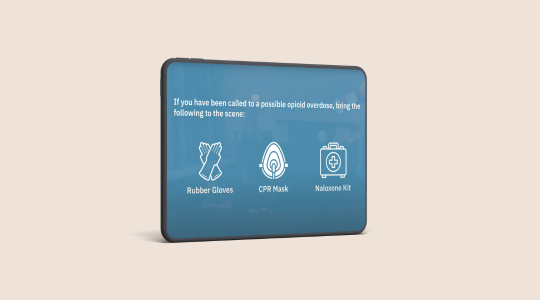
Equip first responders on how to handle an opioid overdose with naloxone.

This resource will help providers successfully provide withdrawal comfort and support.

This document offers a guideline to starting buprenorphine at a low dose.
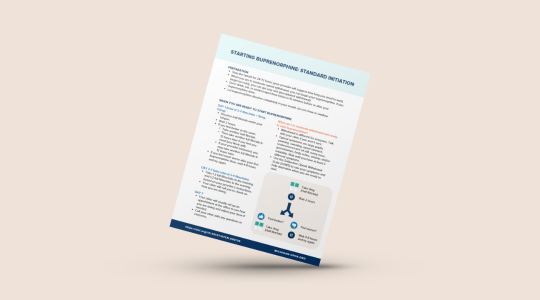
This document is a guideline to starting buprenorphine at a standard dose.
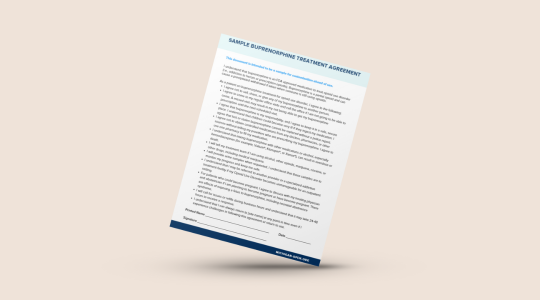
Use this sample agreement as a starting point when prescribing buprenorphine.
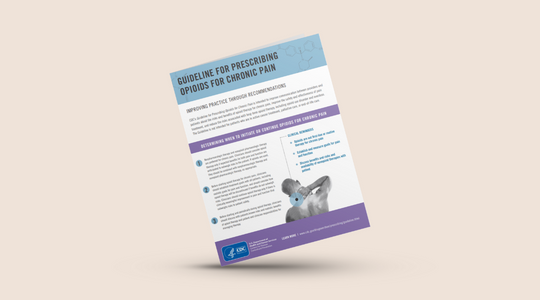
Intended to improve communication between providers and patients about the risks and benefits of opioid therapy for chronic pain, improve the safety and effectiveness of pain treatment, and reduce the risks associated with long-term opioid therapy, including opioid use disorder and overdose.
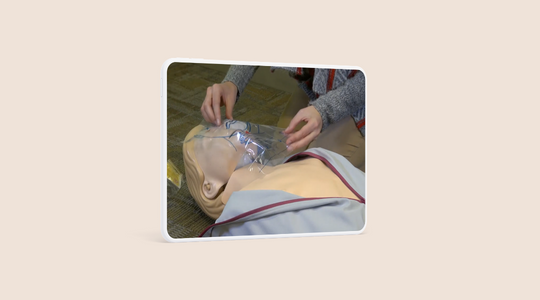
Learning to perform rescue breathing on someone who is experiencing an opioid overdose.
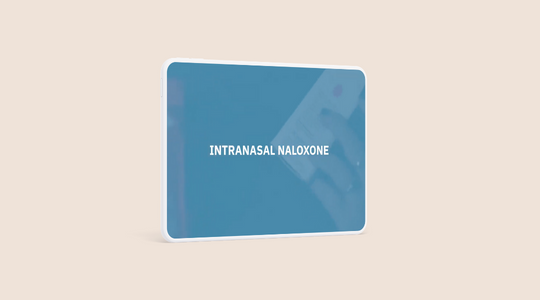
Learn to use intranasal naloxone to reverse an opioid overdose.
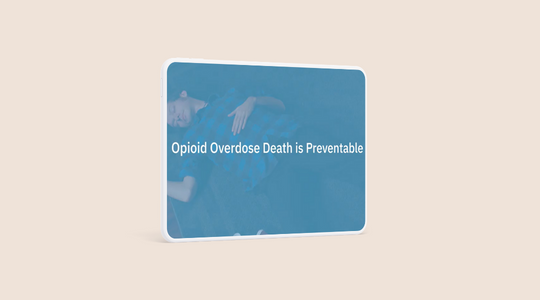
Naloxone training for community laypeople.

Emily McCall and Tim Shewcraft from the Michigan Opioid Collaborative (MOC) share information about stigma and MOC’s resources for MOUD providers. Tim, a peer recovery coach, shares his personal experience with stigma and the impacts that provider stigma can have on a patient’s OUD treatment.

A document created by Michigan Medicine Child Life providing greater detail on non-medication strategies.